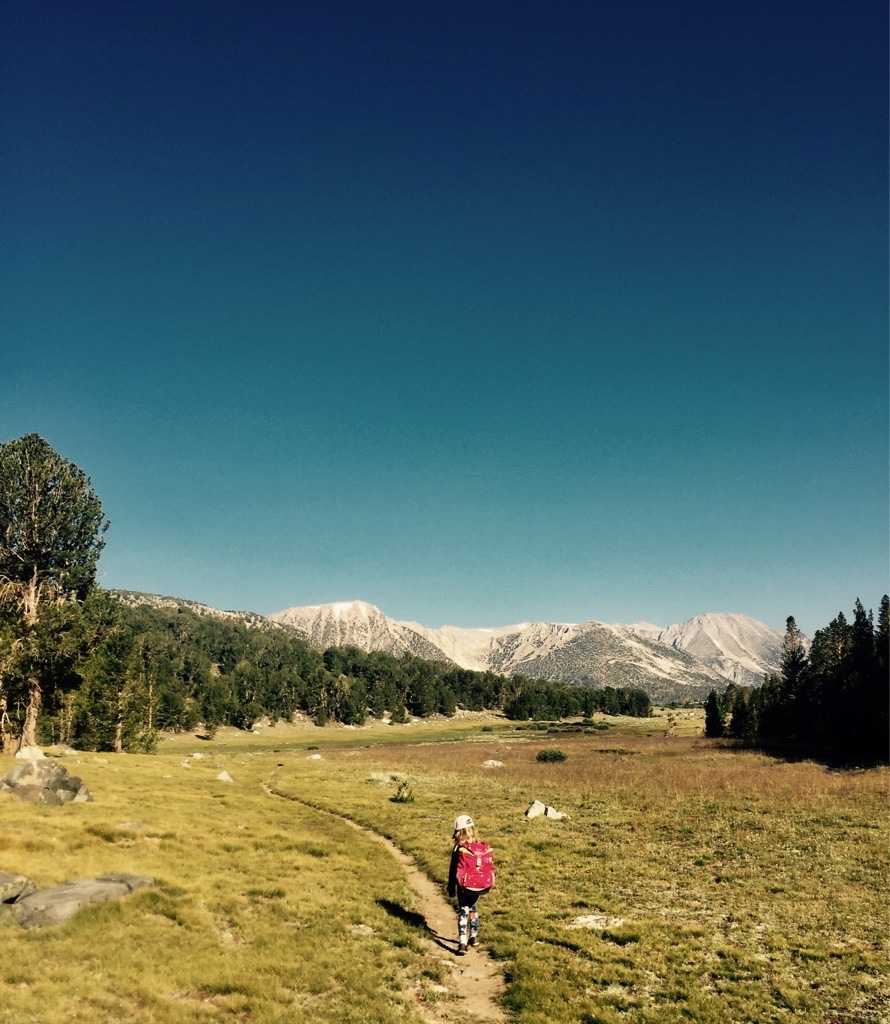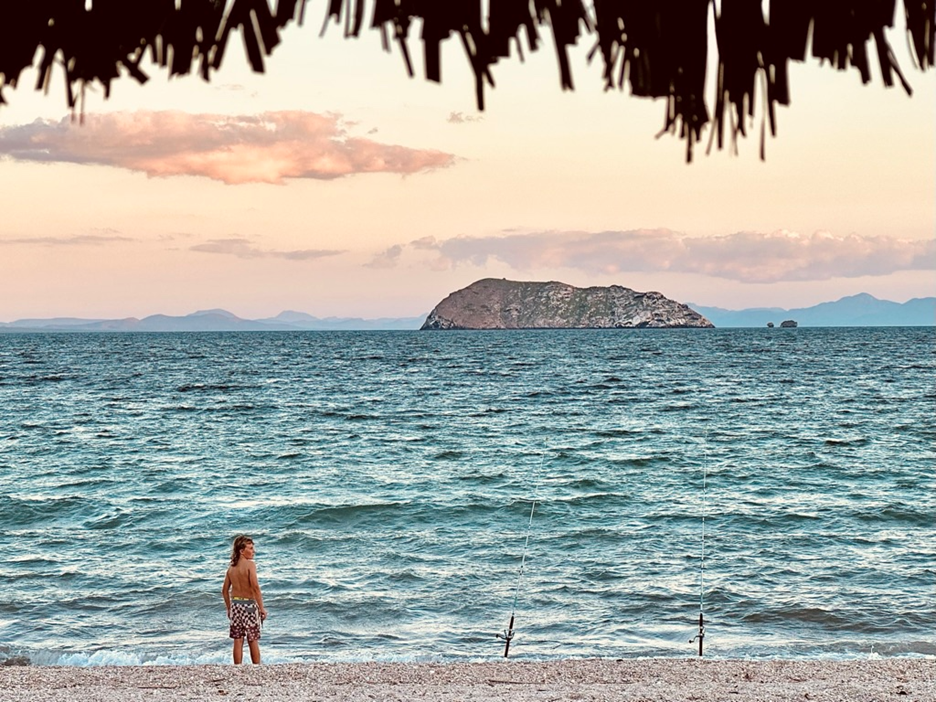As a child, I felt an inherent freedom as soon as I was in nature. Growing up in rural Colorado, I’d wander out the door most days with little more than my dog and my BB gun, disappearing into the forest surrounding our home, often for hours on end. Later in life, sharing these stories has often been met with a mix of admiration and dismay. People would say I’d been lucky, both in my experiences and that nothing “bad” happened.
As a parent in modern times, my perspective has changed a bit. Inherently, parents are the safety net for our children, providing a security system for them. Yet increasingly, I sense that this desire for security can come at the cost of discovery and exploration. The anesthetized world that “feels safe” in many ways hampers the development of skills and awareness that are crafted in risky situations.
Increasingly, limitations on play, nature exposure, awe, and risk management in children, particularly in the outdoor world, are seen to hamper critical stages of childhood development. Research shows that kids need to play outdoors, and often like to take risks.
"The Widow Douglas she took me for her son, and allowed she would civilize me; but it was rough living in the house all the time, considering how dismal regular and decent the widow was in all her ways; and so when I couldn't stand it no longer, I lit out." — Huck Finn, as written by Mark Twain
As a parent in the modern world, as well as a care provider for the sick and injured in wilderness settings, I’ve become acutely aware of the balance between exposure to risk and the desire to protect. When I called my father to tell him I was about to have a son, there was a soft chuckle and the following: “I hope you get the son you deserve.” A loaded response, for sure. I’d been fiercely independent and was prone to doing things my folks would rather not know about. My mother’s favorite bidding as I’d leave the house was “be safe,” to which I would always respond, “No, but I won’t be careless.”
Now the tables have turned. My eldest is more prone to risk-taking and what I perceive as a fearless abandon to try new things. Building mountain bike jumps at 8? Check. Backflip on skis at 12? Check. Miles of hiking solo to favorite fishing spots? Check. I’ve watched him grow and thrive in this experience, where both self-confidence and his ability to (mostly) assess risk have developed at a great rate. I say mostly, as his frequent doctor visits for various injuries remind me that the learning curve is steep.

Kids hiking their own paths. Source: Scott McGuire
His younger sisters, while perhaps less prone to high-risk endeavors, have chosen their own path of adventure learning. Riding horses, bike rides, and long hikes are the norm. We started a tradition that before each child started kindergarten, I would take them on a backpacking trip—their first true overnight where they carried their own personal gear, sleeping bag, and share of food. While not mega-trips and often less than 10 miles into a lake in the nearby mountains, this early journey helped them see exactly what they are capable of in the face of adversity, learning to push through difficulties for an end goal right at the outset of entering the school system.
At the age of 10, each child gets to pick one epic trip with Dad, then we spend the next year planning it. The location is not as important as the planning, the logistics, and the shared decision-making on where we go, how we get there, and what contingencies we plan for if things go wrong. One of these trips involved a 1,500-mile road trip down the length of Baja. While on a road trip and not truly wild, we slept rough on the beach, spearfished for dinner, and managed insects and unplanned weather.

Basking on the beach in Baja. Source: Scott McGuire
At one section, I asked what would happen if we broke down right where we were. “How much water do we have? The last town was 2 hours back, 50 miles an hour, that would take several days to walk. The map looks like another town should be closer up ahead, but it may be safer to stay here with the car and water and food until we can catch a ride.” The scenario game was enlightening for me to see my pre-teen child be able to vocalize risk and reward situations in a hostile environment that was new to them.
I believe consistent and regular exposure to the game of “what if” in these environments builds a neural pathway that leads to fundamental risk assessment skills later in life. As a parent, I’m learning that my role isn’t to limit the risk but to increase the exposure to risk with just enough safety net to allow the child to develop their own inherent set of assessment skills. Sometimes I get it wrong and may be too restrictive. Other times, we both get it wrong and end up making a contribution to our local medical provider.
But there are those precious moments, the ones that will likely leave an indelible mark on my kids (as well as me), where they push their limits beyond my comfort zone. I trust them, and they end up making their own assessment, taking full ownership of risks, and navigating an outcome that they alone own, with great success.